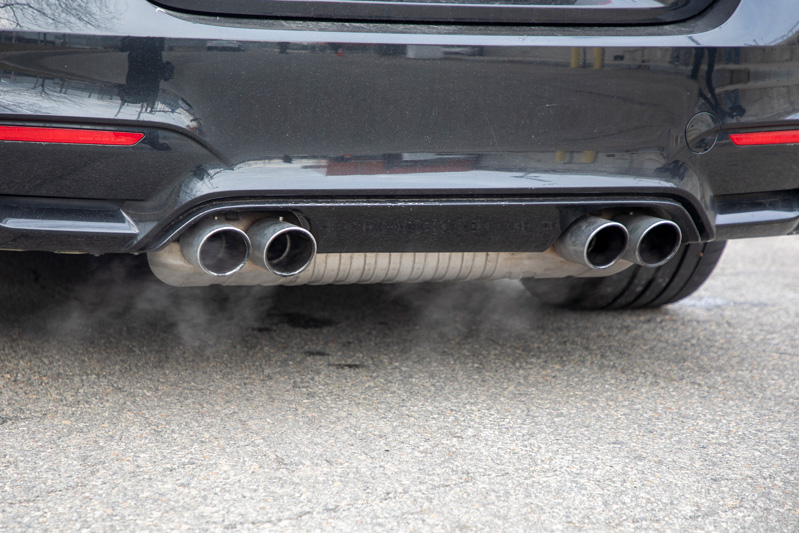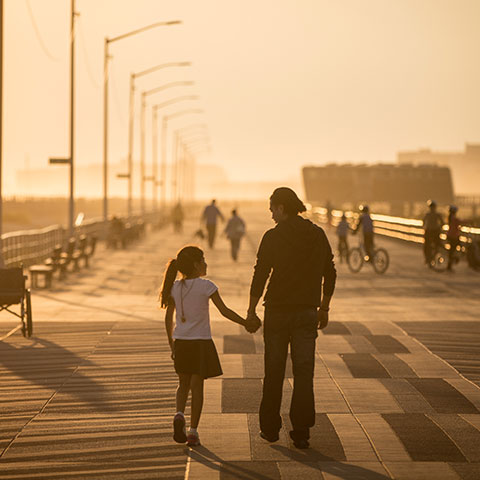
 Environmental Protection311
Environmental Protection311 Search all NYC.gov websites
Search all NYC.gov websites
Noise Code
The New York City Noise Code balances the important reputation of New York as a vibrant, world-class city that never sleeps, with the needs of those who live in, work in, and visit the city.
The Department of Environmental Protection (DEP) and the Police Department (NYPD) share the duties of enforcing the Noise Code. To submit a noise complaint, call or contact 311, or you can file a noise complaint online. The appropriate agency will receive your service request. You can find the resolution of the service request using 311 service request status.
- Download the New York City Noise Code
- Download the Summary of the New York City Noise Code
- View the Noise Code Penalty Schedule 15 RCNY §47-02
Residential Noise
The Residential Noise Control Guidance Sheet provides information for New York City residents seeking relief from city noise. If you are a homeowner or tenant, use this guide to learn about noise control options, methods, products and services.
Noise Standards for Commercial Music
Commercial music is defined as any music coming from a commercial establishment like restaurants, hotels, or nightlife establishments. It includes live performances or recorded audio content. This guidance document assists establishments that play music with information on a range of acoustical products, vendors, and professional services available to help control sound and vibration in their establishments and buildings. When applied properly, these acoustical tools may be helpful in reducing sound and vibration, and in achieving compliance with the New York City Noise Code, rules and regulations.
- Download the Commercial Music Variance Application
- Download the Noise Control Guidance for Nightlife Industry
- Download the Instructions for Submitting Documentation to Apply for Zero Penalty
- Download the Commercial Music Zero Penalty Extension Form
Additionally, if you have a noise complaint related to a hospitality industry establishment or are an establishment that is experiencing consistent complaints from residents, the Mediating Establishment and Neighborhood Disputes (MEND) NYC initiative aims to resolve disputes over noise and other quality of life issues using professional mediation services. Learn more about MEND NYC.
Construction Noise Rules, Regulations & Forms
Learn more about Construction Noise Rules Regulations & Forms.
Noise Control for Building Exterior & Interior Heating, Ventilation and Air Conditioning Equipment
These sheets provides guidance and example resources for noise control of building exterior and interior heating, ventilation and air conditioning (HVAC) equipment. HVAC equipment involves rotating machinery and air moving devices which generate noise to nearby noise sensitive locations or through a building’s interior. This is particularly true if the HVAC equipment is centrally located inside a building or on its roof as opposed to being in its basement.
Requirements and Standards to be a Noise Consultant
The requirements and standards to be a noise consulant are authorized by section 1043 of the Charter of the City of New York as well as section 24-231 of the Administrative Code of the City of New York.
Local Law Noise Reports
Technology Based Noise Camera Program

Noise emissions from loud vehicle engines or mufflers, music and horns can impinge on the quality of life in New York City. Some noise is so loud that it can adversely affect public health by causing sleep deprivation and hearing loss. In recent years, there has been an uptick in the presence of loud engine and muffler noise. This has resulted in many vehicle noise complaints being filed at 311 by elected officials, communities, and individuals.
DEP’s Bureau of Environmental Compliance enforces the Noise Code, which prohibits excessive vehicle noise. Due to the transient nature of vehicle noise, inspectors in the field could only ticket a small percentage of the vehicles that were in violation. The Noise Camera Program was initiated to capture the identity of the vehicle while the noise is actually occurring, without an inspector onsite.
Each noise camera is equipped with a high-definition video camera and audio sensor array that are triggered by vehicles that exceed pre-defined noise limits. The angle and placement of the camera allow the license plate to be recorded, but prevent the interior of the vehicle, including the occupants, from being visible on the video.
Regulatory Background
The Noise Code is codified in Chapter 2 of Title 24 of the NYC Administrative Code. The Noise Code authorizes DEP to enforce provisions dictating limits on noise from vehicles. For vehicles with loud exhaust/mufflers these limits are laid out in §24-236 of the Administrative Code.
Penalties
Noise Code summonses are adjudicated at the Office of Administrative Trials and Hearings and if found in violation, penalties will result. The specific penalties for the violations captured by these noise cameras are:
- Section 23-236(e), muffler noise, has a minimum penalty of $800 and a maximum penalty of $2,625, including the default penalty.
- Section 24-237(a), non-emergency horn honking, has a minimum penalty of $350 and a maximum penalty of $3,000, including the default penalty.
- Section 24-233(b)(2), vehicle music, has a minimum penalty of $140 and a maximum penalty of $1,050, including the default penalty.
- Section 24-225, noise from compactor on refuse collection vehicles, has a minimum penalty of $700 and a maximum penalty of $4,200, including the default penalty.
Document Portal
Search for reports and other documents produced by the Department of Environmental Protection.
OneNYC
New York City’s Green New Deal and vision for a better world.
NYC Open Data
Access more than 1,400 NYC data sets for free, at any time via the NYC Open Data portal.
MyCity Business Site
Your one-stop resource for opening or operating a business in New York City.






